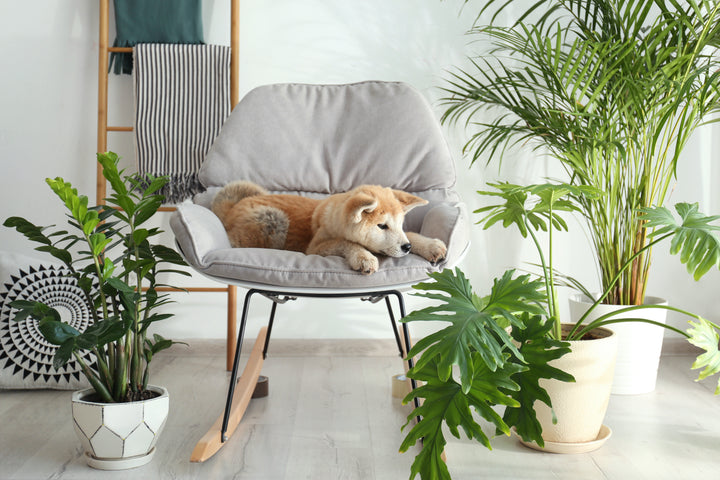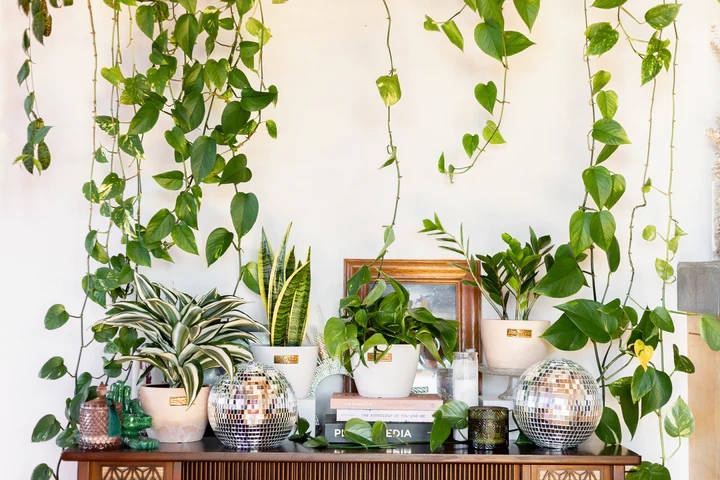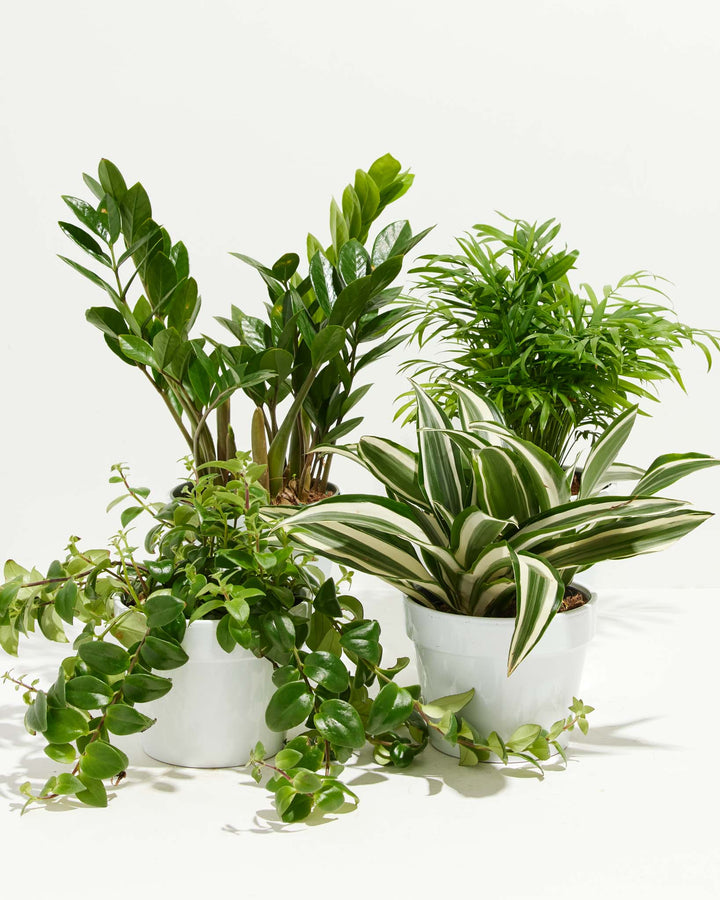Welcome
You have points
Recently viewed
No recently viewed items
Wishlist
Sign in to access your favorites
We’re sorry, we weren't able to find what you're looking for. Here are some of our other popular collections to explore.

Keep your furry friends safe by choosing houseplants for your home that are nontoxic to them. These plants will add color and texture to your decor while keeping your cats and dogs safe and happy. Shop our collection of pet friendly plants!
Shop

Lively Root’s collection helps you find whatever house plants you need, in one place and easily delivered to your door. From lush foliage plants to vibrant blooms, towering palm trees to mini succulent selections, we’ve got the perfect plant for every space.
Shop

You've found the perfect place to choose your next new plant friend. Check out our best-sellers, most of which are easy to care for and highly air-purifying so you can enjoy them with minimal effort.
Shop
Explore Lively Root’s Prayer Prayer Plants Buying Guide and learn more about their unique features and distinct personalities. Whether you’re a seasoned plant parent or a beginner, join us to discover the versatility and beauty that prayer plants can bring to your indoor oasis!
Prayer plants are a member of the Marantaceae family, comprising several low-lying species native to Brazil. They are famous for exhibiting a natural behavior known as nyctinasty. This type of movement has been observed in certain plants in response to the onset of darkness or night. The plant’s unique leaves fold up at night, looking like hands in prayer, and unfold during the day.
Our collection boasts a variety of prayer plants to choose from, be it the pretty Calathea Orbifolia or the high-maintenance Maranta Leuconeura.

Prayer Plants are popular houseplants that are easy to care for and can bring peace and serenity to any room. They are also visually dramatic and active. However, that’s not the only benefit of having a prayer plant in your home. Here are a few more reasons to go shopping for a prayer plant for sale:
NASA revealed in its 1989 Clean Air Study that houseplants can help purify the air in our homes, and prayer plants are no exception. They can remove potentially harmful VOCs from the air.
Prayer plants can tolerate a range of light conditions. They do best when they get around 6 to 8 hours of bright indirect sunlight. These beauties can also tolerate low-light conditions.
Thanks to their ‘praying’ leaves, prayer plants have a beautiful meaning and are often associated with gratitude. These tropical plants also have Feng shui properties and can bring good luck and prosperity.
Prayer plants have been listed by the American Society for the Prevention of Cruelty to Animals (ASPCA) as non-toxic and pet-friendly plants.

Discover our collection's enchanting array of prayer plant varieties, each possessing its unique charm.
Distinctive traits: Stained glass appearance with green swipes of evergreen brushed on either side of the midrib against silvery-green leaves with deep purple undersides.
Requirements: Calathea Cathedral Windows can grow up to 18 inches tall and do best in high-humidity areas.
Distinctive traits: Watermelon colors of dark red on the bottom and variegated green and yellow on the top.
Requirements: A medium-care plant, the Calathea Peacock Prayer Plant thrives in humid environments.
Distinctive traits: Broad, oval leaves have two-color variegated spots with red veining on the top side and a reddish color on the bottom side
Requirements: Regarding caring for a Maranta Red Prayer Plant, you’ll find it prefers to be pot-bound and should be in a fairly shallow pot due to its shallow root system.
Distinctive traits: Leaves have distinctive markings of limelight green with darker brush strokes and burgundy underside.
Requirements: Calathea Rattlesnake requires average humidity and medium to low indirect light.

Considering the diverse options available, selecting the ideal prayer plant is an exciting endeavor. Tailor your choice based on the specific needs of your indoor space. Consider lighting conditions, available space, and lifestyle preferences for easy care.
Prayer plants flourish as enchanting decor in various settings, from living rooms to offices. Don’t overlook the opportunity to extend their allure to exterior spaces, like porches or hanging pots, during summer.
Explore the possibilities and find a prayer plant that seamlessly integrates with your unique style and surroundings.
All varieties or cultivars of prayer plants require more or less the same type of care. Here are some tips for caring for a prayer plant, whether you’re looking for a Calathea prayer plant or a Maranta prayer plant for growing indoors or outdoors.
Maintaining a consistent watering schedule is crucial for the well-being of your prayer plants. Ensure the soil stays consistently moist but not waterlogged. Adjust the frequency based on the specific type of prayer plant you have.
Place your prayer plant in indirect light, shielding it from harsh sunlight. These plants thrive in high humidity, ideal for bathrooms or regular misting. Maintain a warm, tropical environment to mimic their native habitat.
To keep your prayer plant flourishing, opt for well-draining, nutrient-rich soil. Feed it with a balanced fertilizer during the growing season. While a Calathea prayer plant will appreciate slightly more frequent feeding, a Maranta Red Prayer Plant will prefer a more moderate approach.
You can propagate prayer plants easily in 3 ways, depending on the variety you have. Calathea propagation is done best by division, while Maranta plants can be grown and multiplied from cuttings in both water and soil.
Prune your prayer plant to manage its size and enhance its appearance. Regularly remove yellow or damaged leaves. Wipe the leaves gently with a damp cloth to keep them dust-free, ensuring optimal photosynthesis.
Be mindful of issues like brown leaf edges or curling, often indicative of low humidity. Adjust watering if the soil is consistently wet or dry. Monitoring your plant’s reactions will help you address concerns promptly.
Follow us @livelyroot & show us your #livelyroot plants

